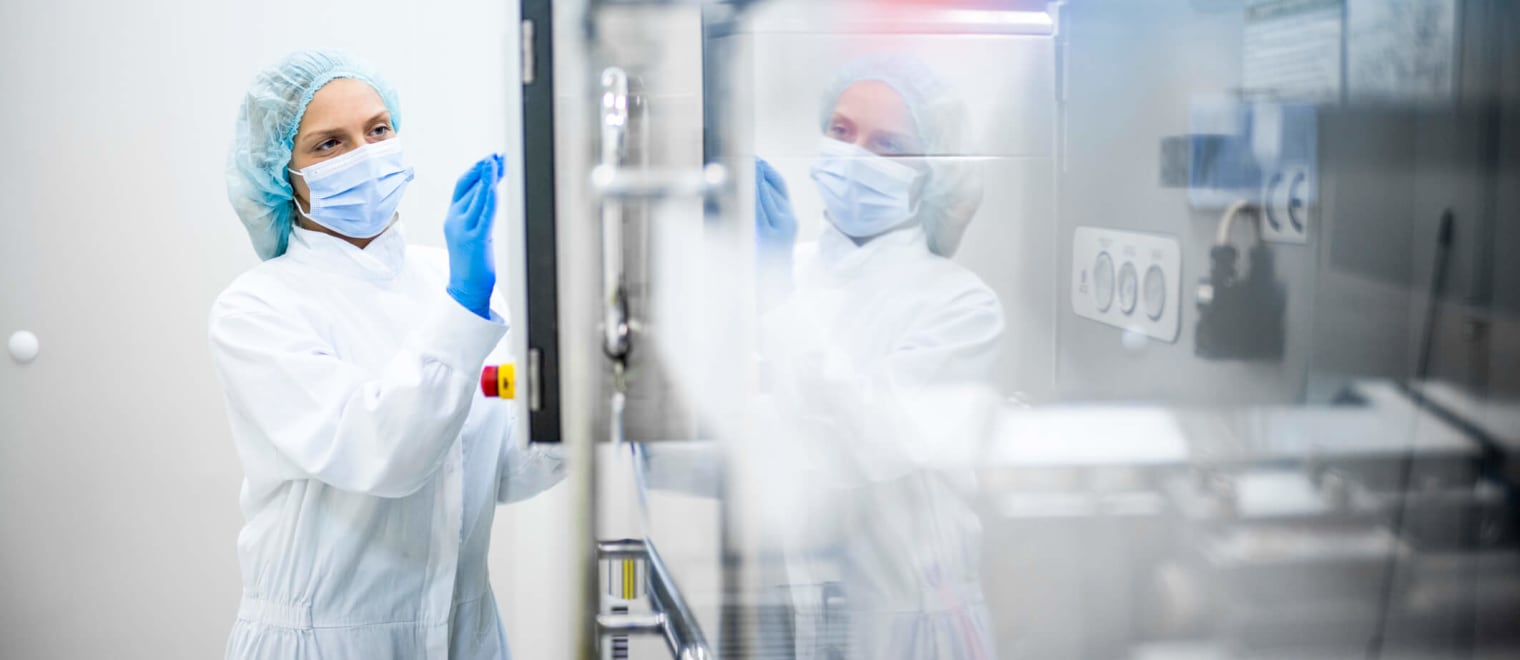This informal CPD article ‘Why Contamination Control is Essential in Pharmaceutical Manufacturing’, was provided by Pharmalliance Consulting, who offer specialist support to pharmaceutical companies to maintain and increase quality compliance levels.
In the pharmaceutical industry, there is no room for error when it comes to product purity. Contaminants like microbes, particles, and chemicals can jeopardise a drug’s safety and effectiveness, putting patients’ health at risk. Ensuring clean, contaminant-free products is not just about quality – it’s about patient trust and safety. This makes contamination control not only essential but also a core pillar of good manufacturing practices (GMP) in pharmaceuticals.
What is Contamination Control?
Contamination control in pharmaceuticals involves preventing any unwanted substances –whether biological, particulate, or chemical- from entering products at any point in the production process. This proactive approach is more than a checklist; it’s an interconnected system. Known as a Contamination Control Strategy (CCS), this system covers everything from facility design and material management to staff training and quality monitoring. Building a CCS on solid foundations like scientific knowledge, quality risk management, and an aware, quality-focused culture helps every part of the system work together effectively.
Building Blocks of an Effective Contamination Control Strategy
Cultivating a Strong Quality Culture
A contamination-free product starts with people. In pharmaceutical manufacturing, employees play a frontline role in protecting against contamination. Developing a “quality culture” means ensuring that everyone, from lab technicians to managers, understands and prioritises contamination control in their daily routines (PDA, 2023). When employees feel empowered and trained to prevent contamination, they become active guardians of product integrity.
Designing Safe, Efficient Facilities and Processes
Effective contamination control relies heavily on well thought-out facility and process design. Facilities should be equipped with advanced air filtration systems, such as high-efficiency particulate air (HEPA) filters, and maintain positive air pressure to keep contaminants out (PDA, 2023). Critical areas also benefit from unidirectional airflow, and precise temperature and humidity controls. By making contamination control part of the facility’s DNA, manufacturers can safeguard products from start to finish.
Keeping Materials and Equipment in Check
Raw materials and equipment are essential to the manufacturing process but can also be sources of contamination if not carefully managed. Raw materials should come from trusted suppliers and undergo rigorous quality checks, especially those of biological origin. Equipment must be designed for thorough cleaning, disinfection, and easy maintenance. The use of single-use equipment is becoming increasingly popular for certain processes. Additionally, routine equipment monitoring and preventive maintenance ensure a steady state of control and reliability, further reducing contamination risks.
Monitoring the Environment for Potential Risks
Environmental monitoring (EM) is the eyes and ears of contamination control. Pharmaceutical manufacturers continuously track both microbial and particulate contamination levels in cleanrooms and other controlled spaces. With real-time data, companies can detect even the slightest upticks in contamination before they become a problem (PDA, 2023). By focusing on trends and patterns, environmental monitoring can predict and pre-empt issues before they impact product quality.
Using Risk Management and Continuous Improvement to Stay Ahead
Contamination control is not a one-time fix – it’s an ongoing process. Quality risk management (QRM) identifies and mitigates risks at each production stage, helping companies stay proactive. Corrective and preventive actions (CAPAs) address contamination risks at their root, turning challenges into opportunities for improvement. Trend analyses, risk assessments, and a culture of continuous learning allow manufacturers to refine their CCS, ensuring it stays effective in a dynamic industry landscape.
Conclusion
Contamination control is essential to product quality in pharmaceutical manufacturing. By integrating quality culture, facility design, material and equipment control, environmental monitoring, and risk management, manufacturers create a proactive strategy to protect products. Through these efforts, the industry can uphold its commitment to delivering safe, high-quality medicines that patients can trust.
We hope this article was helpful. For more information from Pharmalliance Consulting, please visit their CPD Member Directory page. Alternatively, you can go to CPD Industry Hubs for more articles, courses and events relevant to your Continuing Professional Development requirements.













